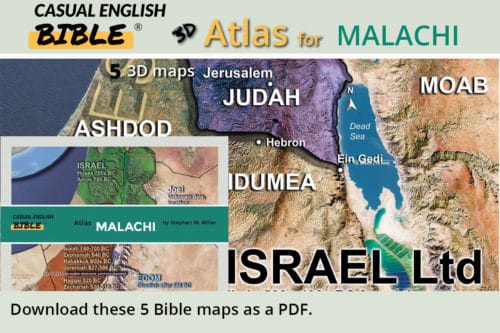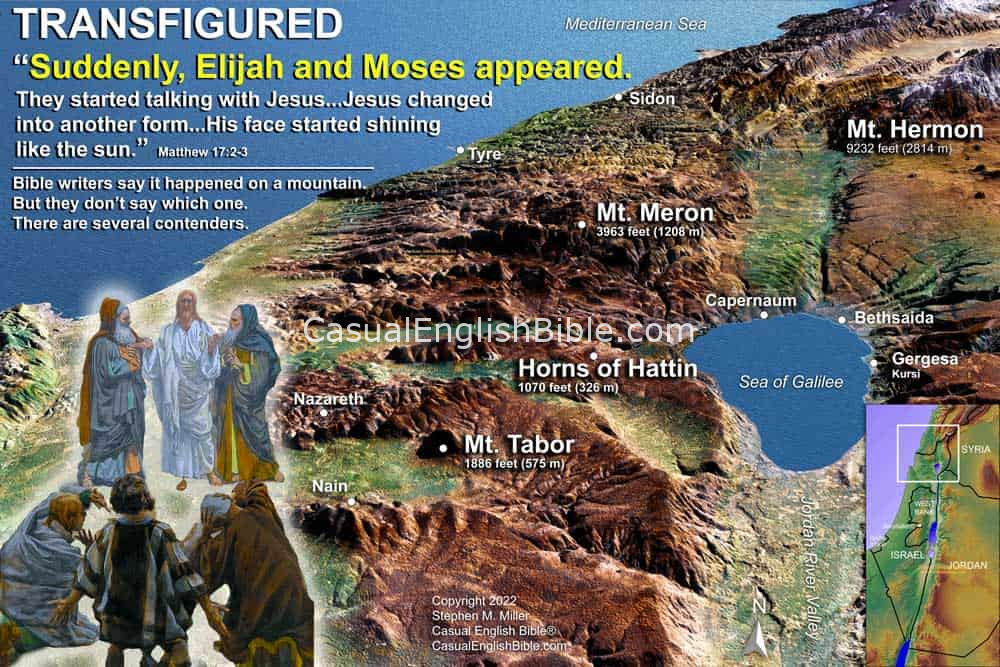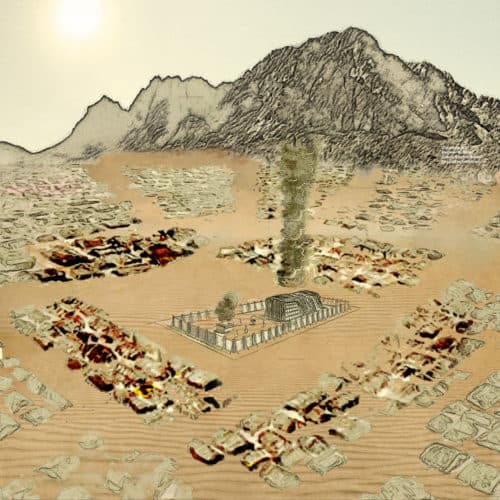Malachi 4
The Judge is coming
Sinners on fire
1Look, judgment day is coming. And it’s going to light up like an oven fire. It’s going to burn away all the evil people like straw in a blaze. The LORD of everyone says when he’s done, there won’t be a leaf or a stem left. [1]2But there’s a better future for people who treat me with respect. The sun of goodness will rise on a brand new day, a day of healing. You’re going to dance like young calves turned out of their stalls. 3You’ll walk on what’s left of the wicked because they’ll be ashes under your feet. That’s what you’ll do the day I take care of business, says the LORD of everyone.
Elijah will come before the LORD does
4So, remember the rules and guidelines for living that I gave my servant Moses at Mount Sinai. [2] Those instructions are for everyone in Israel.5Before that crucial and awesome day [3] when the LORD comes, I’ll send the prophet Elijah. [4] 6He’ll bring peace. Parents will devote themselves to their children. And children will devote themselves to their parents. If not, I’ll end it all for everyone. I’ll erase [5] each one of them.
Footnotes
Peter seems to pick up on this theme from his Jewish Bible, which Christians often call the Old Testament or the First Testament. “God’s word now sustains the heavens and the earth we see today. He’ll keep doing that until Judgment Day. Then, everyone who rejected God will be annihilated in a fire” (2 Peter 3:7). See also the footnote for 4:6.
The original Hebrew language uses the name Horeb. Horeb is a Hebrew word that can mean “dry,” “desolate,” or “desert.” But here, it’s a name. Most Bible scholars say it’s an alternate name for Mount Sinai—much like “Zion” is another name for “Jerusalem.”
The monumental “Day of the LORD” as scholars often call it is described here by two words translated in various ways, such as “great and terrible,” or “awesome and fearful.” The Hebrew words are gadol and yare. They are synonyms, each with a wide range of meanings: frightening, alarming, important, incredible. Words like that could describe many scenes in the Bible, including the crucifixion and resurrection of Jesus. Whatever happens on this mysterious day, it will be awesome, important, and remarkable.
The Bible implies that Elijah didn’t die but was carried up into heaven in a whirlwind (2 Kings 2:11). Some wonder if that was a tornado, which likely would have torn him apart. But if he didn’t die, some presume that means he could come back. Many Jews set out a cup of wine for Elijah at the Passover meal, in case he comes to announce the arrival of the Messiah that many Jews are waiting for. Many Christians say they should stop waiting because the Messiah already came: Jesus. So did Elijah, in the form of John the Baptist. John didn’t realize that, and denied he was Elijah (John 1:21). But Jesus corrected him: “You may or may not believe this, but John is the Elijah that the prophets said would come” (Matthew 11:4).
The Hebrew word is herem. By Malachi’s time, it had a long and well-established meaning among Jewish people. It means everything dies: men, women, children, livestock. When Joshua and the Israelites invaded Canaan, the Promised Land that became ancient Israel and Judah, the soldiers took a vow to dedicate themselves to herem, the annihilation of the Canaanites. In today’s culture, that might qualify as genocide. This kind of vow in ancient times was considered irrevocable and irredeemable. You couldn’t take it back. And nothing of the enemy was allowed to live. Everything in the city was devoted to God, much like sacrificial animals that are slaughtered and burned. “It’s a vow of devotion. If something is devoted to the LORD—whether human, animal, or land—you can’t have it back. If you devote something in this unique way, it’s holy and it stays holy because it belongs to the LORD…You can’t reverse that. You can’t buy back that person’s life. That person is doomed to die” (Leviticus 27:28-29). Perhaps a modern application of the word, in a manner we can easily and uncomfortably imagine, is nuclear Armageddon or the impact of an asteroid 100 miles (160 km) in diameter. Vesta is the largest asteroid known so far: 329 miles (529 km) in diameter. That’s almost exactly the length of the state of New York, at 330 miles (531 km) long. It’s 285 miles (455 km) wide.
Discussion Questions
- Sorry, there are currently no questions for this chapter.







